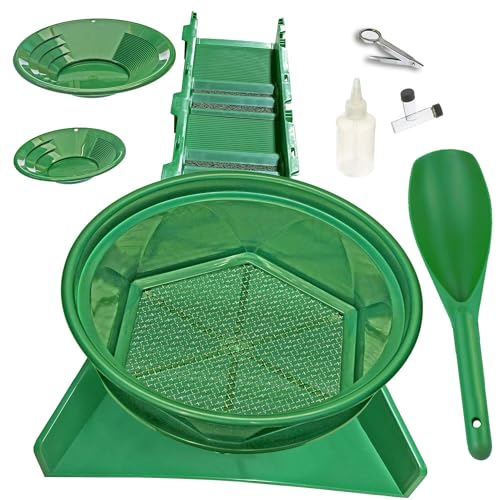Known finds in Australia are;
Lennard river.
Nullargine.
Terowrie.
Herberton.
Stanthorpe.
Copeton.
Bingara.
Narrabri.
Walcha.
Cudgegong.
Macquarie river.
Hill End.
Mt Macdonald and Crookwell.
Mittagong and Berrima.
Delegate.
Chiltern and Beechworth.
Balmoral.
Pieman river.
Smoke creek.
Can anyone add another location for diamond finds?
Lennard river.
Nullargine.
Terowrie.
Herberton.
Stanthorpe.
Copeton.
Bingara.
Narrabri.
Walcha.
Cudgegong.
Macquarie river.
Hill End.
Mt Macdonald and Crookwell.
Mittagong and Berrima.
Delegate.
Chiltern and Beechworth.
Balmoral.
Pieman river.
Smoke creek.
Can anyone add another location for diamond finds?
Last edited:


















































